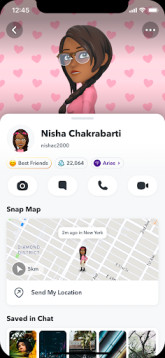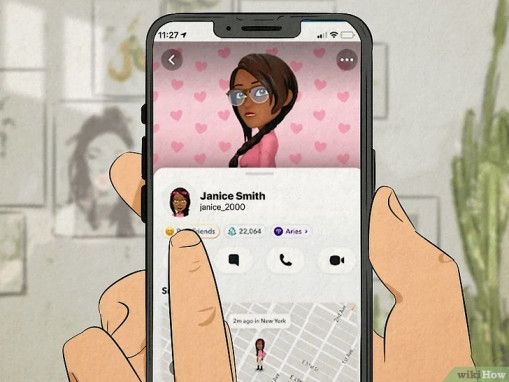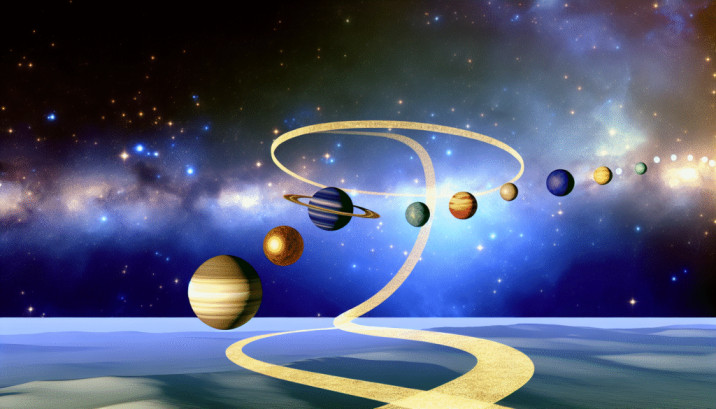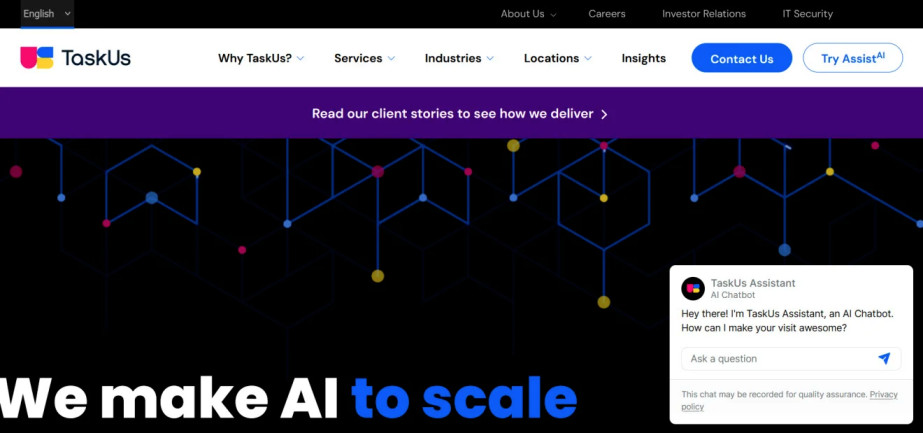Introduction:
Snapchat introduced the Friend Solar System feature to help users visualize their closest friends with playful planet avatars. Designed initially for Snapchat+ subscribers, this social feature positions your top friends around you like planets orbiting the sun according to your interaction rank. Over time, positions and access rules have evolved, and the feature now requires manual opt‑in.
In this guide, we’ll cover what Snapchat Planets are, how the ranking order works, how to enable and view solar systems, recent changes, and more. Whether you’re curious about the science behind the ranking or simply want to understand how your friend appears in someone else’s system, this article provides everything in one place.
What Are Snapchat Planets?
Snapchat Planets are visual representations of your Snapchat best friends displayed around a central sun icon (you). Launched as part of Snapchat+ in 2022, each planet corresponds to a specific friend rank from Mercury (most interactive friend) to Neptune (eighth). This metaphor, known as your Planet Solar System, helps illustrate your top eight Snapchat connections in a fun and intuitive way.
Early versions automatically displayed friend systems based on user interaction, but due to concerns about privacy and potential negative impact on friendships, Snapchat shifted to a manual opt‑in model in 2024. Now, systems are visible only when both users agree to participate.
Understanding the Planet Order & Meaning:
Here’s a quick breakdown of what each planet signifies in your Friend Solar System:
Mercury (Planet 1): Your 1 best friend on Snapchat most communication and snaps exchanged.
Venus (Planet 2): The second-most interacted friend close but not top rank.
Earth (Planet 3): Strong relationship, consistent interaction.
Mars (Planet 4): Mid-tier friend regular but not primary engagement.
Jupiter (Planet 5): Lively connection occasionally active.
Saturn (Planet 6): Less frequent but engaged friend.
Uranus (Planet 7): Sporadic snap exchanges.
Neptune (Planet 8): Least frequent of your top eight.
If fewer than eight friends qualify, some planets may remain unassigned or greyed out.

How the Snapchat Friend Solar System Works?
Your Role as the “Sun”:
In each system, you are the sun—center of your own universe. The other users orbit you based on how often you interact; higher ranks orbit closer.
How Planets Are Assigned:
Snapchat uses metrics like:
- Number of snaps exchanged
- Message frequency
- Chat and story interactions
Those interactions are aggregated over time, and friends are ranked automatically by the app (no manual control).
Mutual Display Logic:
A friend’s planet shows in your solar system only if:
- You have enabled Friend Solar System in settings.
- They have also enabled it.
- You share Snapchat+ subscription status.
If one side opts out, the planets may not be visible.
How to Enable Snapchat Planets?
- Subscribe to Snapchat+ (available through in-app subscription).
- Navigate to your profile settings.
- Locate the Friend Solar System option.
- Toggle it on to participate.
- Only mutual activation ensures visibility.
Note: Snapchat initially enabled the system by default, but feedback led to the shift towards explicit opt-in.
How to View Another Person’s Planets?
If they have opted in and you have Snapchat+, you can view someone’s planets:
- Open their Snapchat profile.
- Tap on their Best Friends badge.
- If they are part of your planet list, you will see their planet position from your perspective.
If the planets don’t appear, either they haven’t enabled the feature or you do not meet the requirements.
Snapchat’s Changes & Why They Matter?
In mid-2024, Snapchat disabled automatic solar systems due to concerns about social anxiety and friendship pressure. This was backed by user feedback and reports that some adolescents were altering behavior to improve their rank or status visibly.
The company responded by:
- Changing system display to manual opt-in
- Limiting visibility only to mutual participants
- Preventing planet ranking from affecting Snap score or streaks
These changes reduced social pressure while preserving the playful aspect for engaged users.

Common Misconceptions About Snapchat Planets:
“You Can Choose Your Planets Manually”
False. Planets are assigned based on algorithmic friend rank. No user can manually set their planet.
“Planets Reflect Real-Life Friendships”
Not necessarily. Snapchat rank is purely based on in-app activity. Real-world closeness may not match digital rank.
“Everyone Can See My Planets”
Only users who have mutual Snapchat+ and have opted in can view each other’s planet placement.
“You Can See Planets on Free Snapchat Account”
No. Snapchat+ subscription is required to access the Friend Solar System feature or view planets.
Troubleshooting Planet Visibility:
If planets aren’t appearing:
- Confirm both users have turned on the feature.
- Check that you’re Snapchat+ subscribers.
- Force-close and reopen Snapchat.
- Update to the latest Snapchat version.
- If access still fails, verify with the other user mutual participation is necessary.
Why Does Snapchat Use Planet Metaphor?
The planet metaphor offers:
- Visual clarity intuitive representation of friend ranking.
- Engagement motivation the more you interact, the closer a friend orbits.
- Privacy balance with the opt-in model, users can opt in voluntarily.
FAQs
Q: What if I only have fewer than eight friends with planets?
A: Planets not assigned will appear empty or grayed out on your solar system.
Q: Does removing someone from Best Friends change planet rank?
A: Planet ranking is independent from Best Friend labels and adjusts dynamically based on interaction.
Q: How often does ranking update?
A: Rankings update in near real-time as you exchange snaps and chats.
Q: Can I leave the solar system without unsubscribing from Snapchat+?
A: Yes, toggle off the feature in your settings to exit without canceling your subscription.
Q: Why isn’t Jupiter or Neptune assigned in my system?
A: If fewer than eight friends meet rank criteria, outer planets may remain unassigned.
Why the Friend Solar System Matters:
- Encourages fun interaction: Seeing one of your best friends get Mercury can be a friendly achievement.
- Visualizes communication habits: You can infer which friends you engage most with.
- Snapchat+ value: Adds extra incentive for subscribers to stay engaged.
- Social awareness: When shared consensually, it can foster connection. But Snapchat’s opt-ins ensure responsibility.
Conclusion:
Snapchat Planets offer a fun, visual way to see your top eight friends Mercury through Neptune—based on active Snapchat engagement. While the feature started automatically, user feedback led Snapchat to require mutual opt-in and subscription checks for privacy balance. Whether you’re curious how your own planet positions formed, or just want to see what someone else’s solar system looks like, this guide equips you to understand and manage Snapchat’s planetary feature wisely.
In short: Planets are determined, shared, and hidden all by design to add a playful tracking system without exposing user privacy. Whether you embrace or ignore the feature, understanding how it works can help you use Snapchat more knowingly.



